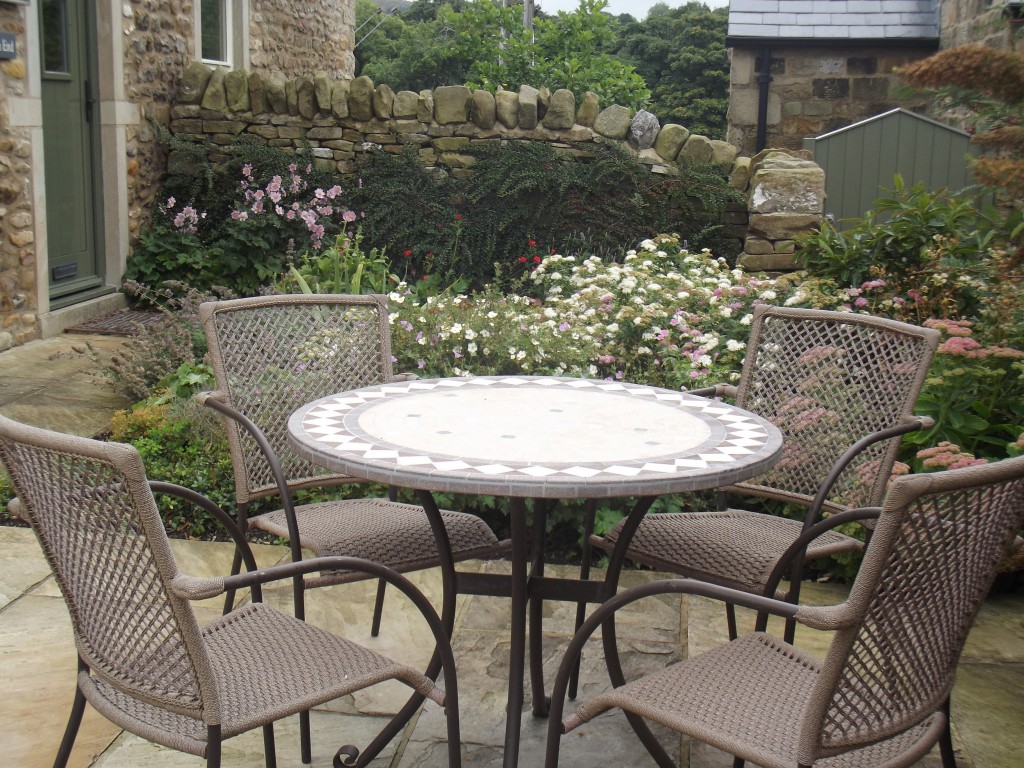Gardens are always changing. Whether it’s through the seasons, new additions of plants and features or alterations to the garden. It was for this reason that I was explaining re-designing a garden to friends. “It’s straightforward”, I explained; “ there isn’t that much choice, either straight lines or curves!” I’d obviously over simplified things, but designing a suitable garden for yourself needn’t be a monumental challenge.
Many people have a look through the internet to get an idea of what they can do with their garden – it’s a great resource and one which should be used to it’s full advantage. So from my point of view here are some technical design considerations if you are designing and building your own garden, after all it needs to be right!
The beginning of the year is a good time to plan changes to a garden. Most garden design books are very helpful but there are some basic things to remember. So with drawing pencils poised over squared paper these are some general things to consider.

Carefully consider every aspect of the design to complete the design.
If you are designing a garden from scratch then imagine that the garden is completely empty – not a shrub, shed or path in sight. Designing around existing features can be difficult and restricts ideas, it’s easier to plan your ideal garden on paper and then try to re-introduce the features. This is fine for flat gardens, but terraced gardens may have restrictions such as already installed retaining walls, which will have to be worked around.
Consider the construction materials before you design your garden. You may think this slightly odd but choosing materials you like that are within your budget is a good idea. From experience trying to reduce the cost of a garden after the planning has been done always reduces the impact of the design. Paving brochures show many ways to use each material type and also how to incorporate them together – into patios, raised beds, steps and ponds. Most gardens consist of the same components (it’s just the layout and materials that change) these are a lawn, paths, patio and planting areas such as borders and beds.
Make sure your design will be easy to live with and maintain. Having two small lawns makes the design look bitty and increases maintenance, where a single larger lawn increases impact and is simpler to mow. Also consider the trip to the dustbins, the back gate or the compost at the bottom of the garden, it needs to be easy and a pleasure to get to these places and not a pain such as trekking across a soggy lawn in the middle of winter.
It’s all very well sat with a blank sheet of A4 trying to
think up a design but how do you get a design? Pick up a few design books or scan through the internet and similar garden design types will appear quite often. The garden with a square lawn, round lawn, patio at 45° to the house, there are many different designs but all follow one or more fairly simple basic plans. Find a design you like and adjust it to your garden, enlarge the patio to catch the evening sun, reduce the lawn, introduce a pond, or increase the borders to hide the dustbins area. And suddenly adjusting the plan makes it your design; it suits you and your garden and makes the best use of space.
Remember that you are designing your garden, for you to enjoy. Although I’ve designed many gardens I have seen some fantastic gardens designed by homeowners that wouldn’t look out of place in a design book!



Comments are closed.